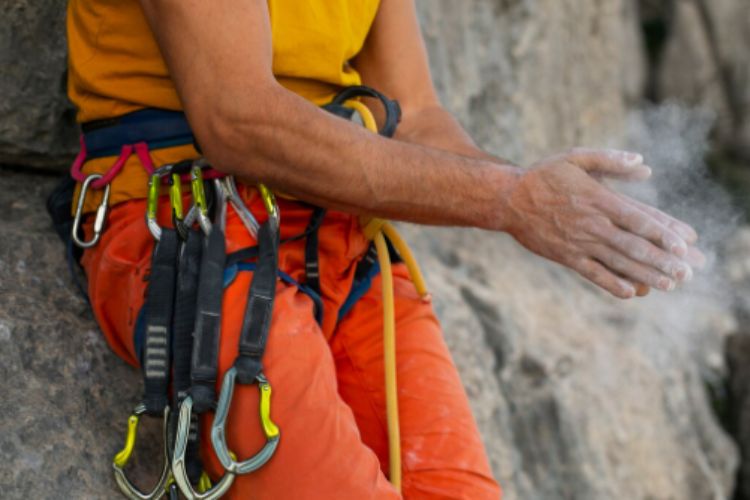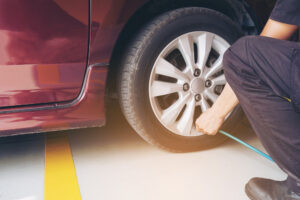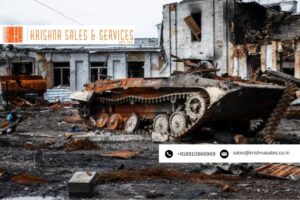Working at heights has always carried risks – but those risks can be drastically reduced with the right safety equipment. One of the most critical pieces is the Full Body Harness, a lifesaving device designed to protect workers from serious falls, injuries, and even fatalities. Yet, many still underestimate its importance until an accident happens. Let’s change that.
The Hidden Dangers of Working at Heights
Every year, thousands of workplace accidents occur due to falls from elevated platforms, scaffolds, or ladders. According to the U.S. Occupational Safety and Health Administration (OSHA), falls remain one of the leading causes of occupational fatalities worldwide. And here’s the harsh truth – most of these accidents are preventable.
When used correctly, a well-fitted full body harness distributes fall impact across the body’s strongest areas – shoulders, thighs, chest, and pelvis – minimizing the risk of injury. It’s not just safety gear; it’s a system that bridges the gap between human effort and workplace protection.
What Makes a Full Body Harness So Effective?
A full body harness works as part of a personal fall arrest system (PFAS). It ensures that, in the event of a fall, the user’s weight is evenly distributed, reducing the chance of trauma or spinal injury. But its effectiveness depends on more than just wearing it – it’s about how it’s chosen, used, and maintained.
Here’s what sets a reliable harness apart:
- Durable Construction: Made from high-strength webbing that resists wear, UV rays, and harsh weather conditions.
- Ergonomic Fit: Adjustable straps that adapt to different body shapes without restricting movement.
- Shock Absorption: Built-in energy absorbers that reduce impact force during a fall.
- Attachment Points: Properly placed D-rings for safe lanyard and lifeline connections.
Investing in a certified harness is more than regulatory compliance – it’s a proactive step toward building a culture of safety.
Pairing Safety Gear for Better Protection
While a harness forms the foundation of fall protection, combining it with the right accessories ensures full coverage. A Harness with Lanyard is one such combination. The lanyard connects the harness to an anchor point, creating a secure system that minimizes fall distance and impact. In industries like construction, oil and gas, or telecommunications, this combination is not optional – it’s essential.
Proper pairing also prevents slippage and provides mobility while keeping the worker safely tethered. For instance, shock-absorbing lanyards and retractable lifelines are designed to meet specific height and movement needs. The key lies in choosing gear that complements the work environment and worker activity.
Best Practices for Using a Full Body Harness
Even the best harness won’t protect you if used incorrectly. Here’s a quick checklist every safety officer or worker should follow:
- Inspect Before Use: Look for frayed webbing, rusted D-rings, or broken stitches.
- Ensure Proper Fit: Straps should be snug but not restrictive; chest and leg straps must stay flat.
- Use the Right Anchor Point: It should support at least 5,000 pounds per attached worker, as per OSHA standards.
- Store Properly: Keep harnesses in a clean, dry place away from chemicals or sharp edges.
To create a holistic safety strategy, consider reviewing Design Safe Workspace: Integrating Fall Protection with Building Architecture – it highlights how structural planning and equipment design can work hand in hand to minimize risks.
The Bigger Picture: Safety as a Mindset
Safety isn’t just about equipment; it’s about mindset. A Full Body Harness represents responsibility – for oneself and for others. Regular training sessions, supervision, and maintenance can turn routine safety checks into second nature. Employers who invest in quality gear and training not only reduce injuries but also boost worker morale and productivity.
Industries That Rely on Full Body Harnesses
- Construction: For workers at scaffolds, roofs, or cranes.
- Oil & Gas: For employees performing maintenance on elevated rigs.
- Telecommunication: For tower climbers and technicians.
- Manufacturing: For maintenance and repair teams working at height.
These sectors know that investing in high-quality harness systems today prevents costly and tragic accidents tomorrow.
Frequently Asked Questions (FAQ)
1. How often should a full body harness be inspected?
Inspect your harness before every use. Conduct formal inspections every six months or as recommended by the manufacturer.
2. Can one harness fit all workers?
Not always. While many are adjustable, proper fitting is crucial for comfort and safety. Each worker should have a personalized fitting session.
3. What’s the lifespan of a full body harness?
Typically, harnesses last 5-10 years depending on usage, exposure, and maintenance. Always refer to the manufacturer’s guidelines.
4. Can a harness be reused after a fall?
No. Once it has been involved in a fall, it must be removed from service immediately and replaced.
Final Thoughts
A Full Body Harness isn’t just a compliance requirement – it’s a lifeline. By ensuring proper usage, regular inspection, and pairing it with suitable accessories, companies can transform their worksites into safer, more productive environments. Because at the end of the day, no deadline or project is worth risking a human life.





